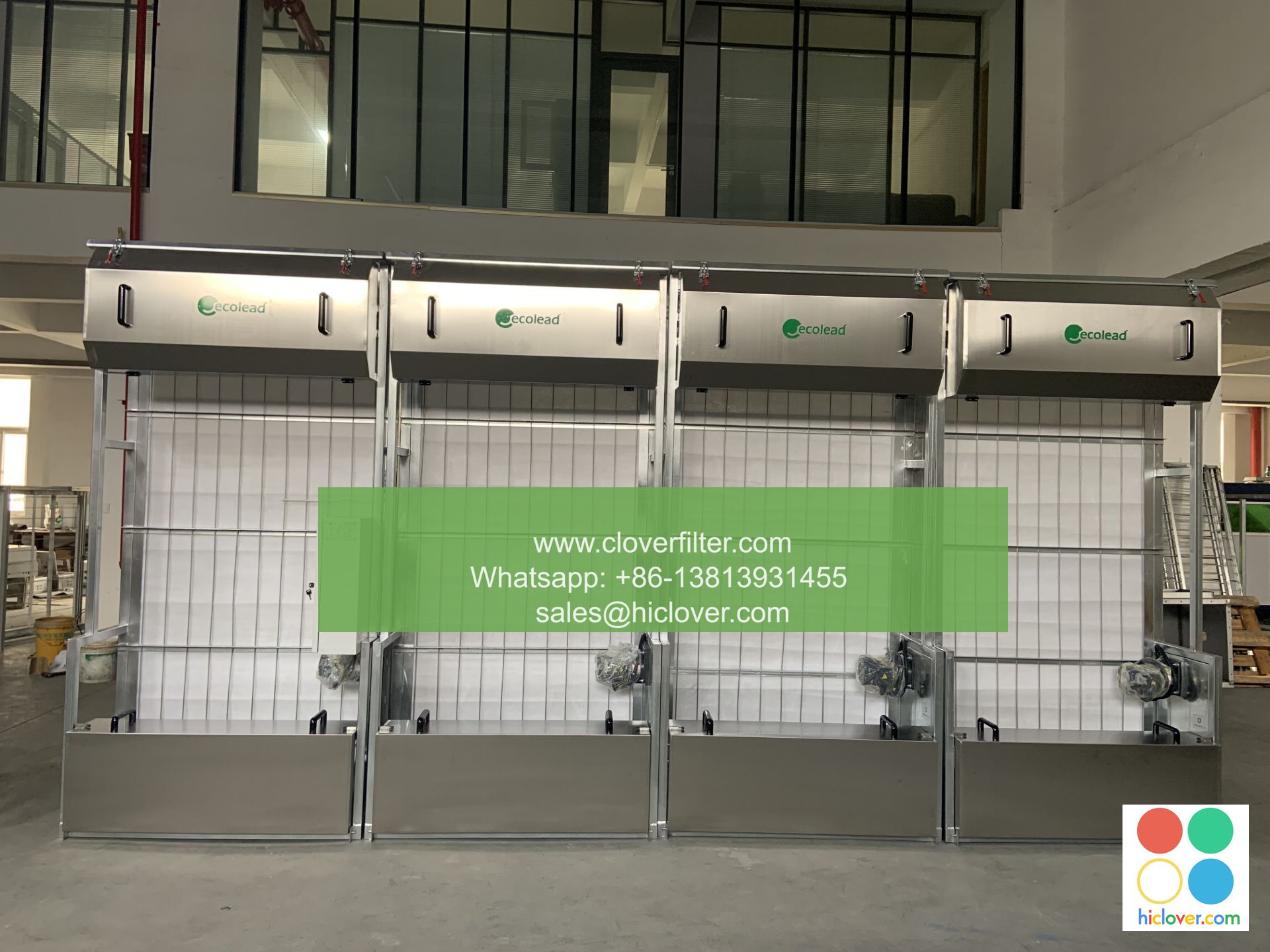The Science of Air Filtration: Understanding the Design Process

The Science of Air Filtration: Understanding the Design Process
Air filtration is a crucial process that plays a vital role in maintaining indoor air quality, improving occupant health, and increasing productivity. In this article, we will delve into the science of air filtration, exploring the design process and highlighting various application areas.
Understanding Air Filtration
Air filtration involves the removal of contaminants, pollutants, and impurities from the air. The process involves using filters, which are designed to capture particles of specific sizes and types. Air filtration is used in a wide range of applications, including:
HVAC Systems
Heating, Ventilation, and Air Conditioning (HVAC) systems use air filtration to remove pollutants, allergens, and other impurities from the air. In these systems, filters are used to capture particles as small as 0.3 microns, including dust, pollen, and pet dander.
Industrial Processes
Industrial processes, such as manufacturing and laboratory settings, use air filtration to remove contaminants, particles, and chemicals from the air. These filters are designed to capture particles as small as 0.01 microns, including viruses and bacteria.
Respiratory Therapy
Respiratory therapy involves the use of air filtration to clean and humidify the air for patients with respiratory conditions. In these settings, filters are designed to capture particles as small as 0.01 microns, including bacteria and viruses.
Cleanrooms and Isolation Units
Cleanrooms and isolation units require extremely high levels of air filtration to prevent contamination. These filters are designed to capture particles as small as 0.01 microns, including bacteria, viruses, and other microorganisms.
Designing Air Filtration Systems
Designing air filtration systems involves understanding the specific needs of the application, including the type and amount of contaminants, airflow rates, and pressure drop. The design process typically involves:
Selecting the Right Filter
Choosing the right filter is critical to the success of an air filtration system. Factors to consider include:
Filter Material
Filter material can be synthetic, natural, or a combination of both. Synthetic materials, such as fiberglass and polyester, are commonly used in HVAC systems, while natural materials, such as cotton and wool, are often used in industrial processes.
Filter Thickness
Filter thickness is measured in microns and determines the size of particles that can pass through the filter.
Filter Efficiency
Filter efficiency is measured by the percentage of particles removed from the air. Filters with higher efficiencies are typically used in applications where extremely high levels of air filtration are required.
Airflow Rate
Airflow rate determines the volume of air that passes through the filter. In high-traffic areas, such as hospitals and commercial buildings, high airflow rates are often required.
Pressure Drop
Pressure drop measures the resistance to airflow through the filter. Filters with low pressure drops are often used in applications where airflow is critical, such as in hospitals and cleanrooms.
Conclusion
Air filtration is a complex process that requires careful consideration of several factors, including filter material, thickness, efficiency, airflow rate, and pressure drop. By understanding the design process and selecting the right filter for the application, it is possible to create effective air filtration systems that improve indoor air quality, reduce energy consumption, and increase productivity.
I’m happy to help! What would you like to talk about or ask?

